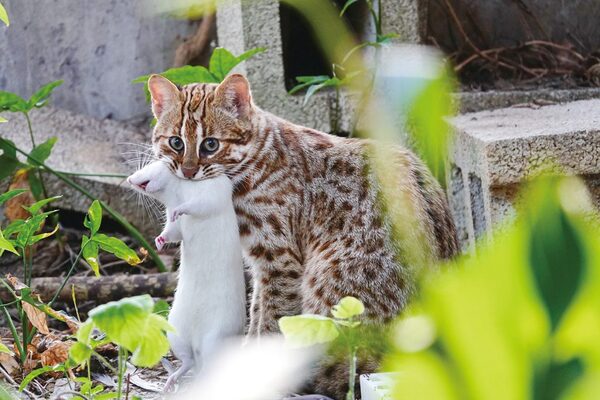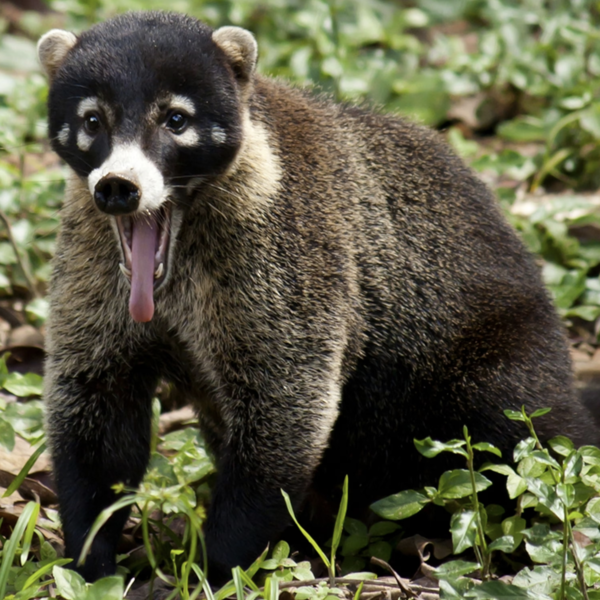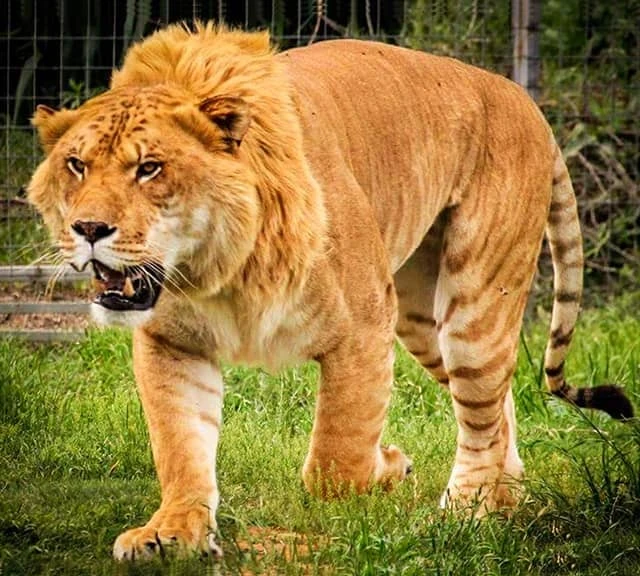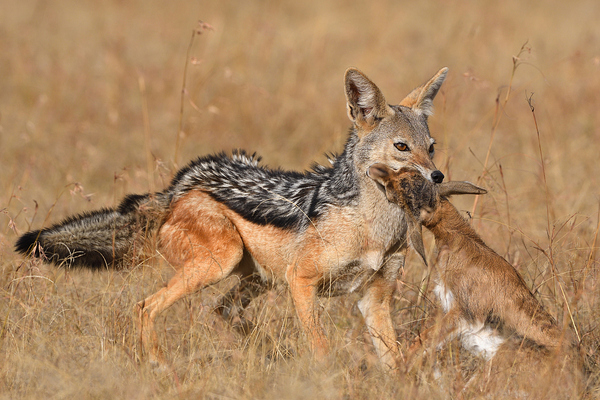Puli
IUCN
LCBasic Information
Feature
The Puli is a compact, square-proportioned, well-proportioned medium-sized dog. Its most distinctive features are its shaggy, dense coat and its quick, brisk gait. Its thick, matted coat acts like an umbrella over its head.
Distribution and Habitat
Native to Hungary
Appearance
The head of the Puli is of medium size and in proportion to the body. The ears are set slightly high. The eyes are of medium size, V-shaped, and about half the length of the head. The eyes are almond-shaped, set deep, dark brown, and have black (or dark bluish-grey) eye rims. The nose is of good size and ends in black. The back is level, strong, and of medium length, with a slight slope at the croup. The tail is turned up and blends into the tail. The forelegs are straight, strong, and of medium bone, with strong and flexible bones. The feet are round, compact, with well-arched toes and thick pads. The pads support the whole body of the Puli. The pads and toenails are black or dark bluish-grey.
The Puli is covered with a thick, weather-resistant coat all over the body. The outer coat is wavy or curly, but not silky. The undercoat is soft, shaggy, and very dense. The coat clumps very easily and becomes rope-like in adulthood if left to grow naturally. The cords are shaggy and vary in
Details
The Puli (Hungarian Shepherd Dog), also known as the Hu Dog, is a compact, square-proportioned, well-proportioned medium-sized dog. Its English name is Hungarian Puli or Puli. It belongs to the shepherd dog category. Its mop-like appearance makes it impossible to confuse it with other breeds. Its thick and messy fur covers its head like an umbrella, and the hair droops over its entire body until the tip of its uncurled tail. This state of abundant hair makes it look larger than its actual size, and it looks extremely cute.
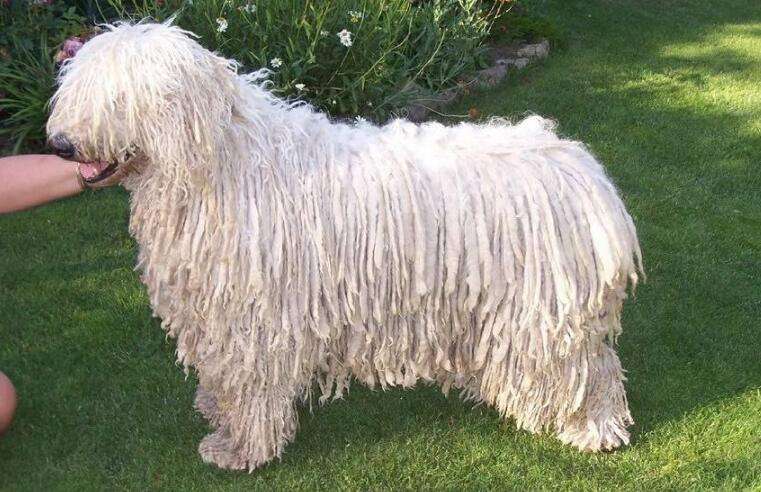
In the 16th century, invaders killed a large number of Hungarians. In the 17th century, Western Europeans began to re-enter Hungary with their Merino sheep and sheepdogs. The Pomi was obtained by crossing the Puli with French and German shepherd dogs. The names of Puli and Pomi were used interchangeably for several years. At that time, Puli was very popular. As a capable helper of Hungarian herders, it drove hundreds of sheep on the grassland at lightning speed and made countless contributions. However, with the change of production methods, there were fewer and fewer nomadic herders, and intensive farming methods replaced them. Without the need for large-scale grazing, people's demand for Puli was also decreasing. Since then, Puli has been immersed for a long time and was once forgotten in the corner. The Puli breed is almost extinct. In 1912, Amy Reitset began a plan to restore the Puli. Two types of Puli fur were recorded, thick and messy and curly. The first standard for identifying Puli was established in 1915.
Suitable for urban life, not suitable for hot weather, prone to disease, can adapt to cold climates, need to comb the coat frequently, and easy to train. In Hungary, it has always been used as a shepherd dog. Due to its high obedience, it is now used as a police dog.
The Puli is a rational and intelligent purebred dog. It is naturally loving, smart, family-loving, gets along well with other pets, is particularly loyal to its owner, and is a good watchdog. It is best to buy a puppy of this dog because it is emotional. It is transferred when it is over 3 years old. It will not eat or drink because it misses its old owner and suffers from lovesickness.
Protect wild animals and eliminate game.
Maintaining ecological balance is everyone's responsibility!

